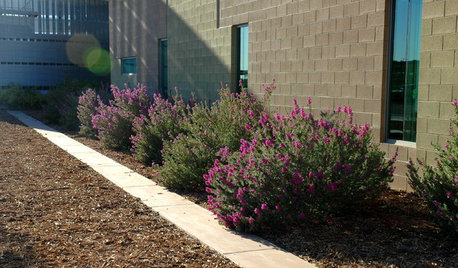Questions on Avoiding Fluoride
snowflake-rosa
15 years ago
Featured Answer
Sort by:Oldest
Comments (17)
tapla (mid-Michigan, USDA z5b-6a)
15 years agojeannie7
15 years agoRelated Professionals
Manorville Landscape Architects & Landscape Designers · Salisbury Landscape Architects & Landscape Designers · Finneytown Landscape Architects & Landscape Designers · Springfield Landscape Contractors · Cockeysville Landscape Contractors · Conroe Landscape Contractors · Dixon Landscape Contractors · Fishers Landscape Contractors · Fort Mill Landscape Contractors · Fort Payne Landscape Contractors · Pompano Beach Landscape Contractors · South Farmingdale Landscape Contractors · Tamarac Landscape Contractors · West Coon Rapids Landscape Contractors · East Hanover Interior Designers & Decoratorsjohn_z
15 years agotapla (mid-Michigan, USDA z5b-6a)
15 years agotootswisc
15 years agojohn_z
15 years agobrent1985
15 years agotapla (mid-Michigan, USDA z5b-6a)
15 years agotapla (mid-Michigan, USDA z5b-6a)
15 years agojohn_z
15 years agotapla (mid-Michigan, USDA z5b-6a)
15 years agopaul_
15 years agotapla (mid-Michigan, USDA z5b-6a)
15 years agopaul_
15 years agotapla (mid-Michigan, USDA z5b-6a)
15 years agotapla (mid-Michigan, USDA z5b-6a)
15 years ago
Related Stories

KITCHEN DESIGN9 Questions to Ask When Planning a Kitchen Pantry
Avoid blunders and get the storage space and layout you need by asking these questions before you begin
Full Story
REMODELING GUIDESConsidering a Fixer-Upper? 15 Questions to Ask First
Learn about the hidden costs and treasures of older homes to avoid budget surprises and accidentally tossing valuable features
Full Story
BATHROOM DESIGN5 Common Bathroom Design Mistakes to Avoid
Get your bath right for the long haul by dodging these blunders in toilet placement, shower type and more
Full Story
MOVINGHow to Avoid Paying Too Much for a House
Use the power of comps to gauge a home’s affordability and submit the right bid
Full Story
PETS5 Finishes Pets and Kids Can’t Destroy — and 5 to Avoid
Save your sanity and your decorating budget by choosing materials and surfaces that can stand up to abuse
Full Story
STORAGE9 Ways to Avoid a ‘Floordrobe’ in Your Bedroom
Repeat after me: The floor isn’t storage space for clothes! Tackle the ‘floordrobe’ effect with these smart tips
Full Story
GARDENING GUIDESHow to Avoid Overcrowded, Overpruned Shrubs
Go for a more natural look that’s easier and less expensive to maintain by giving your plants the right amount of growing room
Full Story
KITCHEN DESIGN9 Ways to Avoid Kitchen Traffic Jams
Rubbing elbows with chefs isn't always a boon. Consider circulation pathways for a kitchen that lets everyone work in comfort
Full Story
ORGANIZINGAvoid the Great Paper Pileup
Don't let unavoidable scraps cause a jam in your paperless system. These easy tips will keep your home office lanes clear
Full Story
ORGANIZING4 Questions to Help You Organize Your Favorite Photos
Organize your keeper photos with a system that's just right for you, whether it's in the cloud or you can hold it in your hand
Full Story









rhizo_1 (North AL) zone 7